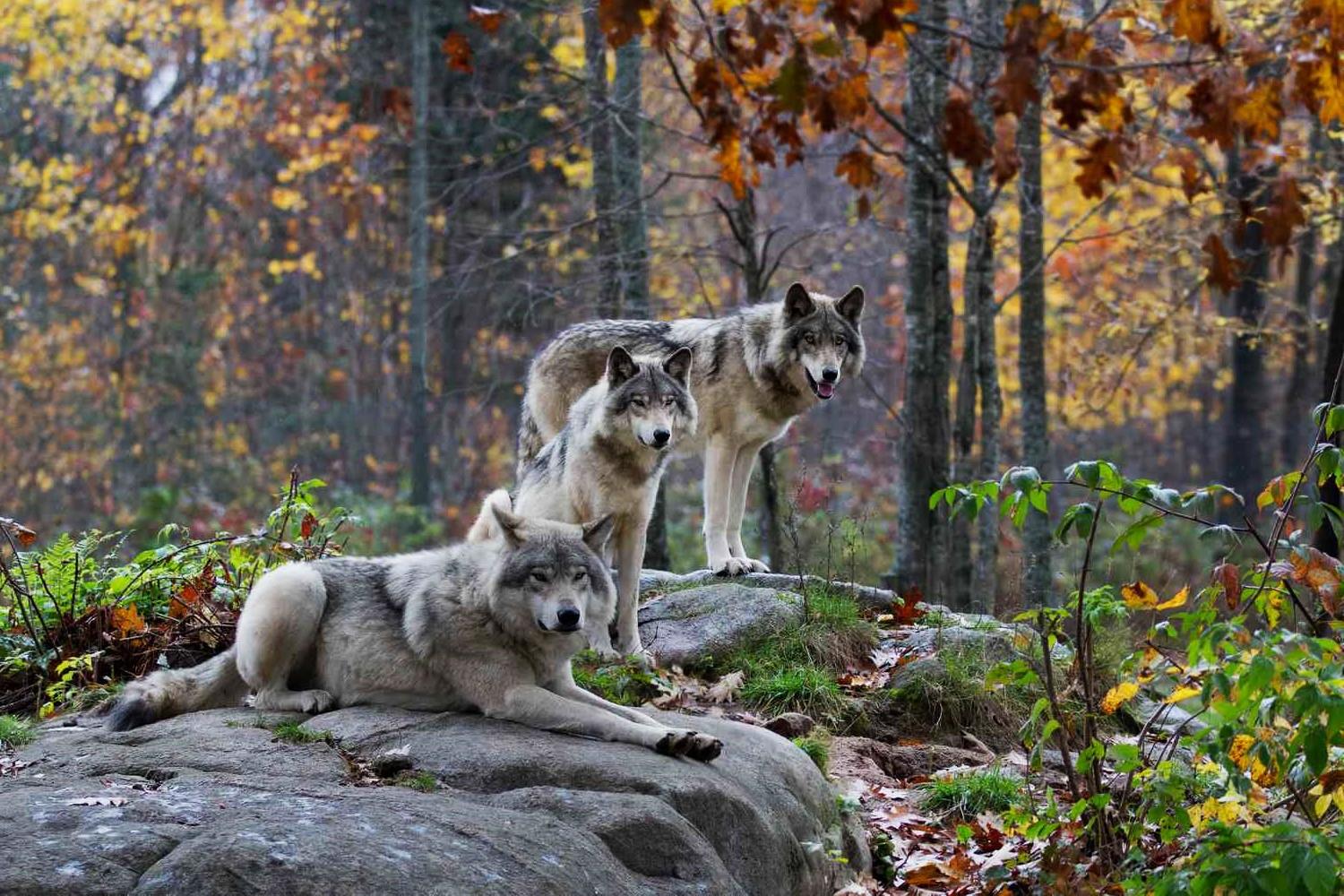Exploring Hidden Habitats Of The Mexican Wolf

Have you ever thought about where the Mexican wolf calls home? These amazing creatures roam the rugged landscapes of the southwestern United States and northern Mexico. Known as "El Lobo," these wolves are the smallest subspecies of the gray wolf. They thrive in forests, grasslands, and even deserts. Their habitats are filled with diverse wildlife, making them perfect spots for these predators. Conservation efforts have helped increase their numbers, but they remain one of the most endangered wolves in the world. Visiting these areas offers a chance to witness the beauty of nature and the resilience of these majestic animals. Whether hiking through forests or exploring vast deserts, the presence of the Mexican wolf adds a touch of wild wonder to any adventure.
Discovering the Mexican Wolf's Hidden Habitats
The Mexican wolf, a subspecies of the gray wolf, roams the wild landscapes of North America. These majestic creatures are elusive, making their habitats a mystery to many. Let's venture into the lesser-known places where these wolves thrive.
1. Apache-Sitgreaves National Forests
Stretching across Arizona and New Mexico, the Apache-Sitgreaves National Forests offer a sanctuary for the Mexican wolf. Dense woodlands and rugged terrain provide the perfect backdrop for these wolves to hunt and roam freely.
- Why it's special: The forests are a mix of pine, spruce, and fir trees, creating a diverse ecosystem.
- Wildlife sightings: Besides wolves, you might spot elk, deer, and a variety of bird species.
2. Gila National Forest
Gila National Forest in New Mexico is a vast wilderness area where the Mexican wolf can be found. With its sprawling landscapes and rich biodiversity, it's a haven for wildlife enthusiasts.
- Why it's special: Home to the Gila Wilderness, the first designated wilderness area in the U.S.
- Wildlife sightings: Look out for black bears, mountain lions, and wild turkeys.
3. Blue Range Wolf Recovery Area
This area spans parts of Arizona and New Mexico, specifically designated for the recovery of the Mexican wolf population. It's a critical habitat for conservation efforts.
- Why it's special: It's a dedicated space for wolf recovery, with ongoing efforts to increase their numbers.
- Wildlife sightings: Besides wolves, you might encounter pronghorns and javelinas.
4. Coronado National Forest
Located in southeastern Arizona, Coronado National Forest is another key habitat for the Mexican wolf. Its varied landscapes, from desert to mountain ranges, offer diverse environments for these wolves.
- Why it's special: The forest's unique geography supports a wide range of plant and animal life.
- Wildlife sightings: Keep an eye out for bobcats, coyotes, and numerous bird species.
5. Cibola National Forest
Cibola National Forest, with its vast stretches of wilderness, is a lesser-known habitat for the Mexican wolf. The forest's remote areas provide a peaceful refuge for these animals.
- Why it's special: Known for its stunning landscapes, including the Sandia Mountains.
- Wildlife sightings: You might see mule deer, black bears, and various raptors.
6. Malpai Borderlands
The Malpai Borderlands, straddling the Arizona-New Mexico border, is a unique region where the Mexican wolf can be found. This area is known for its conservation efforts and community involvement in preserving wildlife.
- Why it's special: It's a collaborative conservation area, with ranchers and conservationists working together.
- Wildlife sightings: Besides wolves, you may spot antelope and a variety of reptiles.
7. San Carlos Apache Indian Reservation
The San Carlos Apache Indian Reservation in Arizona is a significant area for the Mexican wolf. The reservation's vast lands offer a secluded environment for these wolves to thrive.
- Why it's special: The reservation is rich in cultural history and natural beauty.
- Wildlife sightings: Look for bighorn sheep, eagles, and other native species.
Discovering the Mexican Wolf's World
Exploring the hidden habitats of the Mexican wolf offers a unique glimpse into the life of one of North America's most elusive creatures. These wolves, with their striking features and mysterious behaviors, thrive in the rugged landscapes of the southwestern United States and northern Mexico. Visiting these areas not only supports conservation efforts but also provides an opportunity to witness the beauty of nature firsthand. Engaging with local guides and conservationists can enhance your understanding of the wolves' role in the ecosystem. As you venture into these wild territories, remember to respect the environment and the wildlife that calls it home. The experience of observing these majestic animals in their natural surroundings is both humbling and inspiring. By appreciating and protecting these habitats, we contribute to the preservation of the Mexican wolf for future generations to enjoy.

